8 Powerful Ways to Use Baking Soda in Your Garden for Pest Control, Disease Management, and More
Emily Fielder2024-09-18T12:37:57-06:00Baking soda (sodium bicarbonate) is a versatile tool in gardening. It has various uses that can be effective if applied properly. This article covers 8 ways to use baking soda, along with the reasoning behind each use, how to use it, and potential benefits and downsides.
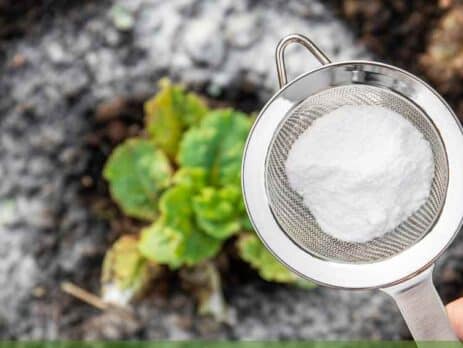
8 Ways to Use Baking Soda in the Garden
1. Pest Management with Baking Soda
Baking soda can deter some garden pests, such as slugs and ants. When sprinkled around plants, it creates an inhospitable environment for these pests. Ants, in particular, avoid baking soda as it disrupts their ability to maintain scent trails.
How to Use: Sprinkle a thin layer of soda around the base of plants or affected areas. Alternatively, mix it with sugar (equal parts) to attract ants, which ingest the mixture and die.
Why Effective: Sodium bicarbonate is a desiccant, which dries out soft-bodied insects like slugs. It also interferes with the digestive systems of ants.
Downside: Overuse of baking soda can alter soil pH and harm beneficial insects. Using it on plants with a high salt sensitivity, such as ferns or certain flowering plants, can lead to damage.
2. Baking Soda for Fungal Disease Control
Gardeners often use baking soda as a fungicide to treat diseases such as powdery mildew, black spot on roses, and other fungal infections.
How to Use: Mix 1 tablespoon of soda with 1 gallon of water, a drop of dish soap, and optionally a tablespoon of vegetable oil. Spray this solution on affected plants early in the day to allow for drying.
Why Effective: Sodium bicarbonate raises the pH level on leaf surfaces, making it more difficult for fungi to thrive. This method is most effective as a preventative measure rather than a cure.
Downside: Frequent use can cause the plant to absorb too much sodium, which may stunt growth or harm foliage. It’s important to reapply after rain but avoid heavy accumulation of sodium in the soil.
3. Cleaning Plant Leaves with Baking Soda
Dusty or dirty leaves can affect photosynthesis. Baking soda can help clean the leaves, improving plant health.
How to Use: Mix 1 teaspoon of soda with 1 quart of water and use a soft cloth to wipe down the leaves gently.
Why Effective: The mild abrasiveness helps clean grime off the leaves without damaging their delicate structure, helping them breathe better and photosynthesize more effectively.
Downside: Be sure to rinse plants well after cleaning. If left unwashed, sodium buildup can cause leaf burn.
4. Improving Tomato Yields with Baking Soda
Some gardeners believe baking soda can sweeten tomato fruits by reducing soil acidity. There are mixed reviews on whether or not it works.
How to Use: Sprinkle a small amount of it around the base of tomato plants (avoid directly applying it to the plant) during the early growth stages.
Why Effective: Sodium bicarbonate can neutralize acidic soils, potentially reducing the tartness of tomatoes. However, use this practice cautiously.
Downside: Overapplication can result in salt buildup, which harms soil structure and interferes with nutrient uptake, particularly in alkaline soils. Conducting a soil pH test beforehand is crucial.
5. Baking Soda for Compost Odor Control
Compost piles, especially those with high nitrogen content, can emit a strong odor. Baking soda can help neutralize these odors.
How to Use: Sprinkle a small amount over your compost pile when it becomes odorous.
Why Effective: It neutralizes acidic compounds that cause bad odors, creating a more balanced compost environment.
Downside: Too much baking soda in compost can slow down decomposition by inhibiting the growth of bacteria that require an acidic environment. Use it sparingly.
6. Weed Control with Baking Soda
Baking soda can be a natural herbicide for weeds growing in cracks or unwanted areas, though use it carefully.
How to Use: Apply a thick layer directly onto weeds. Avoid contact with plants you want to keep.
Why Effective: Its high salt content draws moisture from the weeds, dehydrating and killing them.
Downside: If applied near desirable plants, it can harm them. Plus, the build-up in the soil makes it less fertile.
7. Increase Blooms with Baking Soda
For flowers like hydrangeas or geraniums, which prefer slightly alkaline soil, baking soda may help increase blooms.
How to Use: Dissolve 1 tablespoon of soda in 2 quarts of water and water your flowering plants monthly.
Why Effective: By adjusting soil pH, it may help alkaline-loving plants absorb nutrients more effectively, leading to more vibrant blooms.
Downside: Many plants prefer slightly acidic soil. Using baking soda on acid-loving plants like azaleas, rhododendrons, or blueberries can inhibit nutrient absorption, leading to poor growth.
8. Using Baking Soda to Measure Soil pH
You can use baking soda in a simple test to check whether the soil is acidic.
How to Use: Place a soil sample in a small dish. Add a little water to moisten it, then sprinkle baking soda. If the soil fizzes, it is acidic.
Why Effective: The fizzing reaction occurs because the soda (a base) reacts with acidic soil, releasing carbon dioxide. The fizzing quickly indicates soil acidity without the need for expensive testing kits.
Downside: This method only gives a rough estimate and won’t provide a specific pH level. For precision, we recommend doing a proper soil test.
Downsides of Using Baking Soda in Gardening
While baking soda has multiple uses in the garden, avoiding overuse is essential. Sodium bicarbonate can build up in soil, leading to poor drainage, soil compaction, and nutrient imbalances. These issues are especially problematic in areas with clay or alkaline soils. In addition, high salt content can damage plants, particularly those sensitive to sodium. Always test any treatment on a small area before widespread use.
By using baking soda thoughtfully and in moderation, gardeners can take advantage of its benefits while minimizing potential harm.


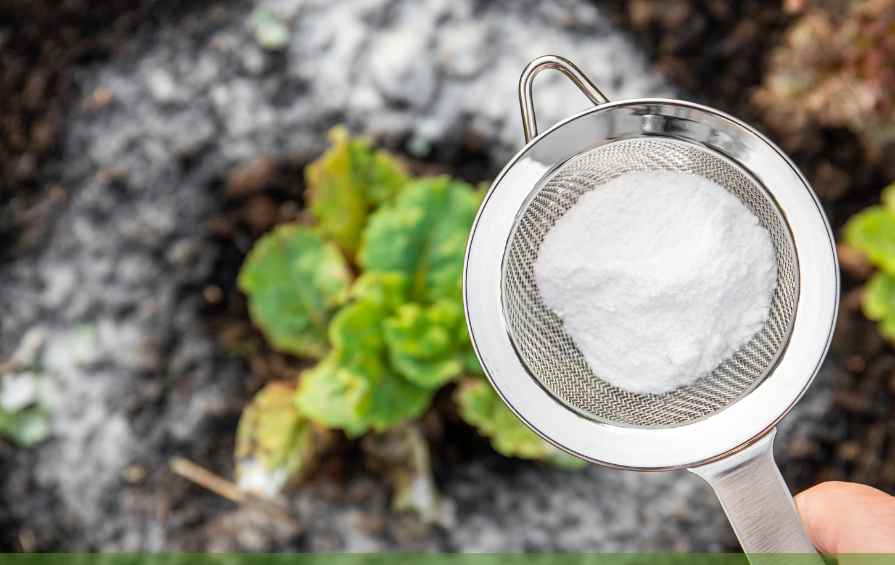
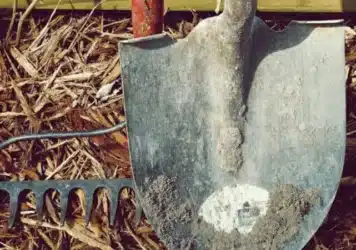
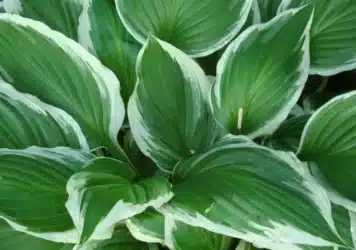

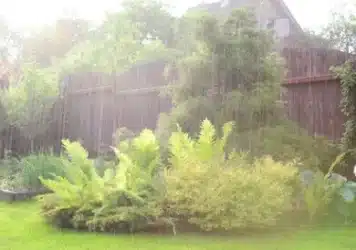




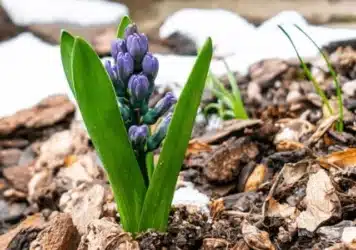

Comments (10)
Love this simple , easy to understand information, thankyou
Thank You for the info on Baking Soda use in Gardening— it was very helpful! 🍃
Thanks for this important information I never thought of using it in my garden
Very educational easy to understand thank you for sharing
Thank you for clarifying about baking soda. I did not know it changed the PH level. I read to soak flower seeds in soda water for faster germination. Since I don’t know what flowers can or cannot tolerate baking soda I won’t be doing that. I learned a lot of good information from your article. Thanks again.
Love learning about plants
Very informative and helpful. Thanks for sharing
You provided some great tips on the usage of baking soda in gardening. I had no idea!
Thanks for this very interesting and informative article, I learned so much in such a little bit of time, I enjoyed every aspect of it.
I just started gardening and I need a lot of tips. Thank you
Thankyou for this baking soda solution to resolve mold on my grape vine leaves. It Works!